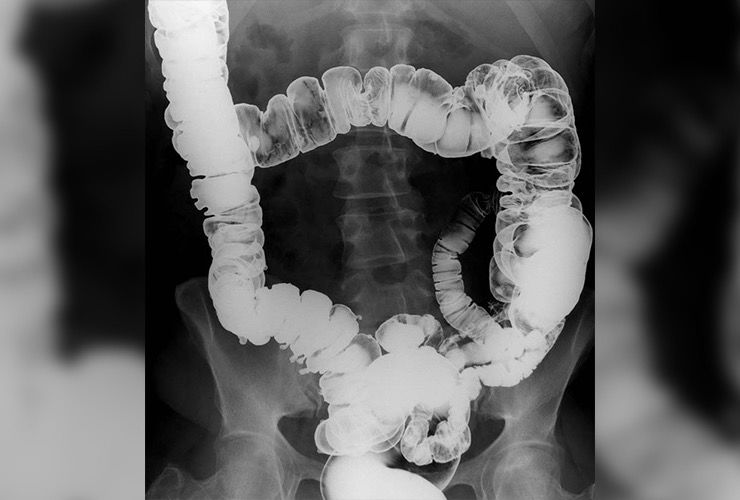


The symptoms may be an indicator to your vet and help them determine why your dog has blood in his stool. These core vaccinations will help keep them safe from infection when they socialize and interact with other animals.īe sure to monitor your animal for other symptoms your dog has that occur simultaneously. Be sure to get your puppy with a healthy immune system vaccinated against canine parvovirus, distemper, canine hepatitis, and rabies as soon as they are 6-8 weeks old.

Parvovirus is a disease that every dog should be vaccinated against. Your vet’s office will take precautions to minimize the spread of disease while treating your dog. If your dog or puppy has contracted parvovirus, you certainly don’t want to inadvertently infect other dogs with this deadly disease. If you see radical changes in your dog’s stool, it is best to call your vet just in case it is something serious.Ĭauses of Dark, Blackish Red, & Tarry Stools This type of blood in a dog’s stool is called melena and can be difficult to notice for some. The issue is either close to or within the stomach. Should you see stool that is dark, blackish-red, and tarry, this means the blood has spent a lot of time in the intestinal tract or has been digested. Diarrhea and soft feces with red blood mixed in may mean that the issue is coming from higher in the intestinal tract. If your dog’s stool is normal in consistency and coated with an outer layer of red blood, this could mean that the problem is coming from a low area in the intestinal tract. The consistency of stool along with the presence of bright red blood can also give some telltale signs of where the root problem is stemming from. When puppies experience bloody diarrhea, it is possible they have contracted canine parvovirus, which is a potentially fatal viral disease. When combined with lethargy and vomiting, bright red bloody diarrhea could mean your dog has hemorrhagic gastroenteritis (HGE), a severe condition that can be fatal if left untreated. But if you see large amounts of blood, it’s definitely time to call the vet for a consultation. A little bit of bright red can be nothing to worry about and might subside on its own. When your dog has bright red blood in his stool, the issue is called hematochezia. There are two types of common issues when a dog has blood in his stool, both of which may mean different causes. If you find it is blood, you will want to note the color of the blood and call your vet right away. If you are unsure, try wiping a bit on a paper towel to get a better look. They could possibly be passing something through their digestive system that they ate, like lipstick or a box of red hot tamales (note: do not let your dog eat hot tamales). First, make sure it is blood and that your pet didn’t eat anything unusual that contained red dyes.

Let us help you discern what may be the cause if in doubt, consult with your vet first.ĭetermining if it truly is blood and what type of blood you’re seeing can help narrow down the possible causes. If you think your dog is pooping with blood in his stool, you’re likely to understandably be alarmed! When your dog has blood in his stool, this may be caused by a wide range of ailments.


 0 kommentar(er)
0 kommentar(er)
